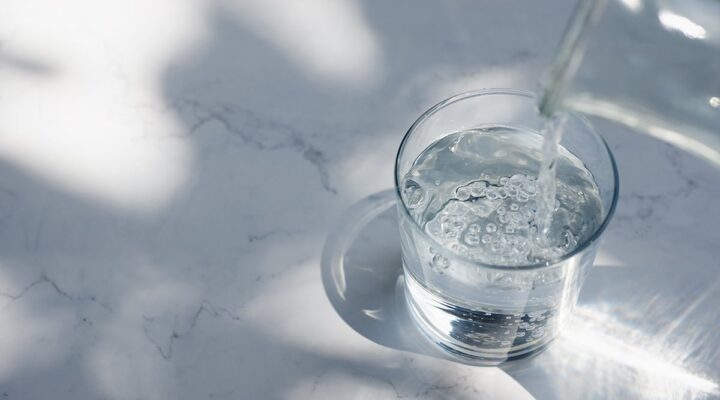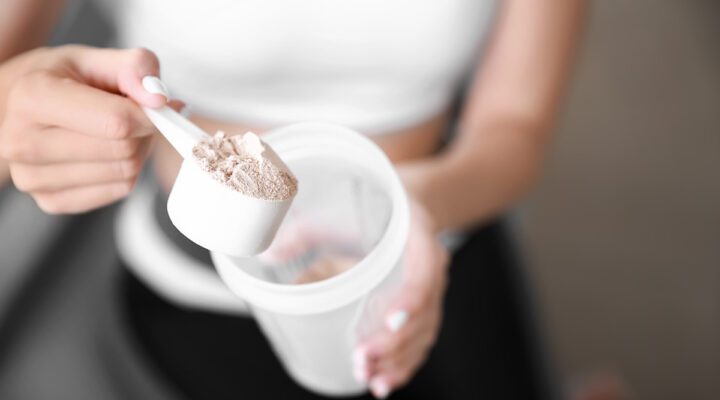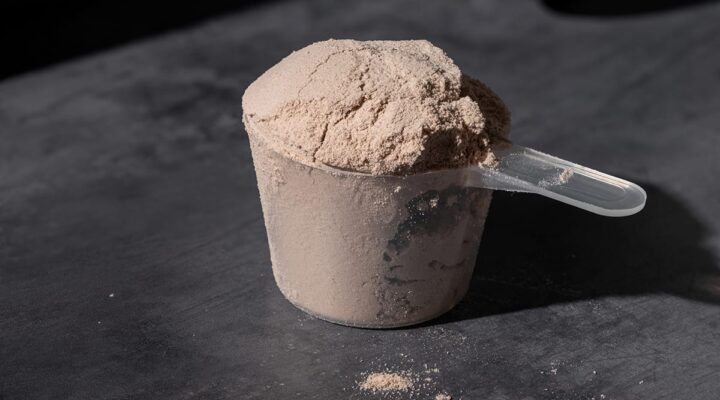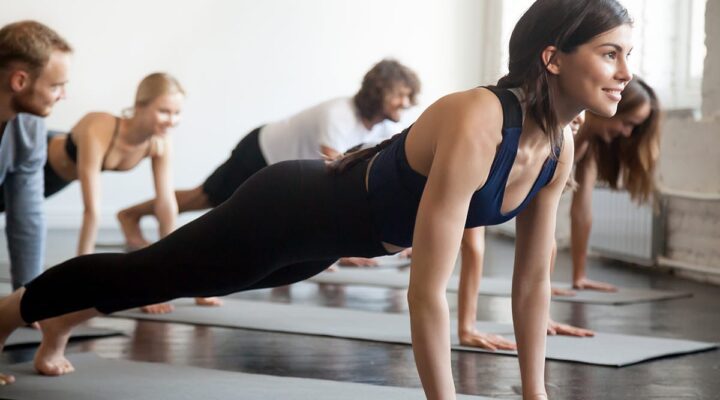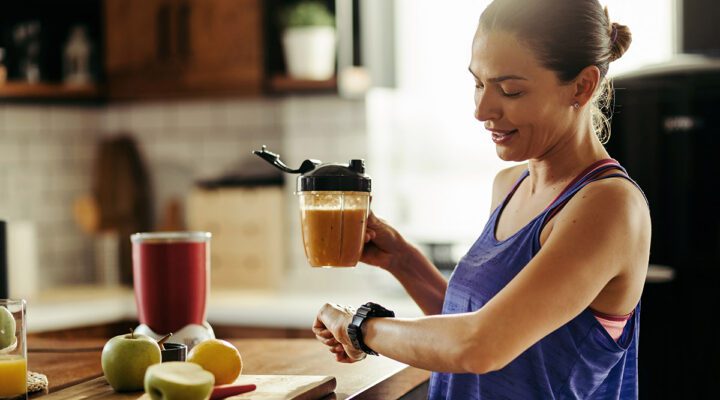The Fitness and Wellness Trends You’ll Be Seeing Everywhere in 2024
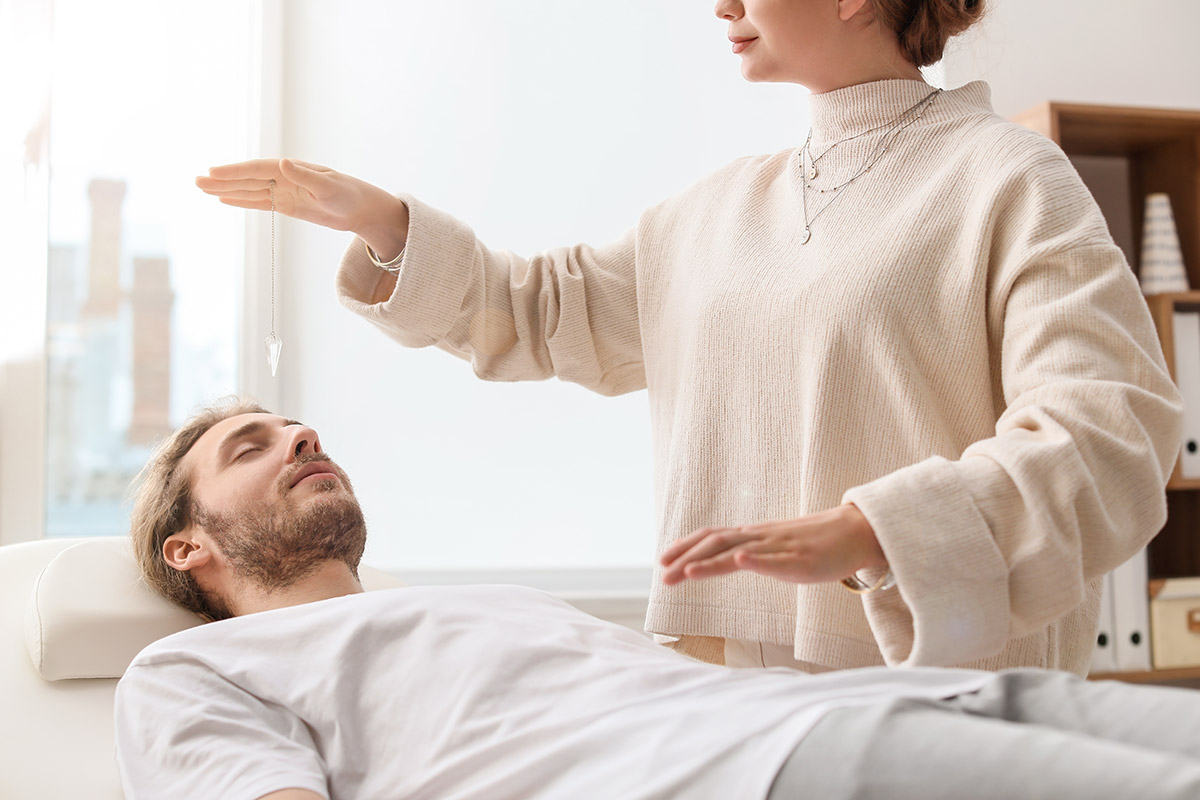
The past 12 months have been a bumper year for fitness. Thanks to the phenomenal rise of TikTok, exercise trends have moved at what feels like 100 miles an hour.
This was the year that all-out workout challenges like 75 Hard soared in popularity, the 12-3-30 trend repopularised the treadmill, and the Pilates studio reigned supreme.
On the wellness side, mouth taping, red light therapy and adaptogenic ingredients became staples of our daily routine. Plus, conversations about menopause and women’s reproductive health continued to make headlines.
With the £1.8 trillion global wellness market showing no signs of slowing down, it’s looking like 2024 will continue to be a time where we put our mental and physical health first. From new buzzwords to fresh movement methods, there’s a whole range of trends expected to take the reins this year. Keep scrolling to find out what’s coming up next.
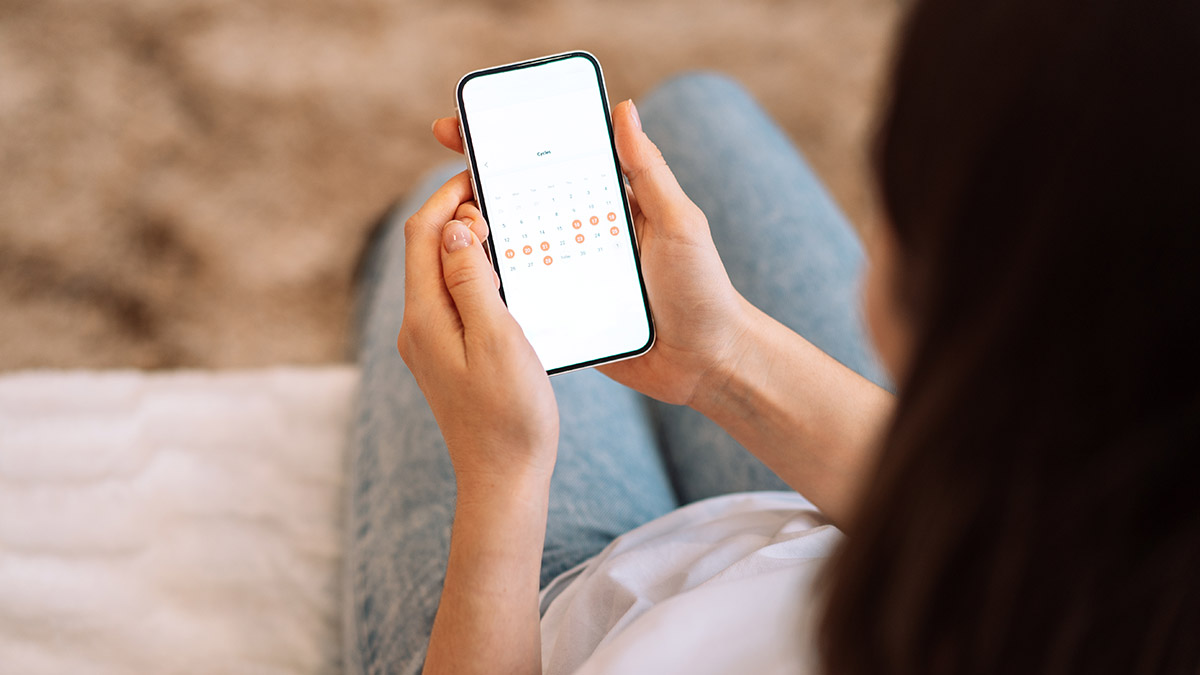
Cycle syncing your workouts
For years, professional athletes have been timing their workouts around their menstrual cycles, following science-backed evidence that tailoring fitness intensity throughout the month can boost performance. Now, the practice of plotting exercise around your period, known as ‘cycle syncing’, is set to become mainstream with everyday gym-goers.
“Unlike a man’s daily rhythm and hormones, a woman’s body runs on a monthly cycle, and it’s likely that most of our school-day sex education was focused more on contraception than teaching us about our bodies’ unique constitution,” explains Lindsay Monal, sound meditation expert, reiki master, and yoga teacher at YogaRenew Teacher Training.
“Cycle syncing is a lifestyle approach that focuses on balancing your hormones by matching your diet and exercise routine to your menstrual cycle. This is mainly because we know that at different points in their cycle, women have varying degrees of energy depending on what’s going on hormonally.”
For instance, during the menstrual phase, the body needs more rest and gentle movement, so Monal says it’s best to opt for restorative yoga and hot girl walks. But when ovulating, and testosterone is pumping, women will thrive in a high-intensity workout, like HIIT, weightlifting, or big cardio days.
Cycle mapping apps like Jennis, which go one step further than basic period trackers, are set to gain traction over the next year, providing daily digital training programmes that are tethered to what’s going on in each individual user’s body.
Vagal toning for stress-relief
If recent burnout statistics have taught us anything, it’s that more of us are feeling anxious than ever before. After a year that saw us processing global conflicts, a growing climate crisis, and economic uncertainty (and that’s on top of our own personal stresses) we’ll see a re-prioritisation of calming and grounding practices.
One of the biggest wellness buzzwords to get to know is ‘vagal toning’. So what exactly is this? “The vagus nerve is the longest nerve in our body, and it’s key to tapping into our parasympathetic nervous system,” says Katie Healy, breathwork facilitator and certified reiki practitioner. It’s the system commonly referred to as the ‘rest and digest’ system, which calms your body after you’ve been in a stressful situation.
“Meditation, reiki, breathwork, massage therapy, and any other somatic healing practice you can think of are all powerful ways to activate your vagus nerve,” says Healy. “When we increase our vagal tone we increase our feelings of positive emotions, deeper connection to ourselves and experience general good health.”
Studies have shown that activating this large nerve, which originates in the brain and branches out in multiple directions to the neck and torso, can have promising effects on mental health issues like depression, anxiety, and post-traumatic stress disorder.
Over the next 12 months, expect to see more classes springing up that focus solely on vagal nerve toning, featuring a mixture of mediation, breathwork, and resonant humming practices.
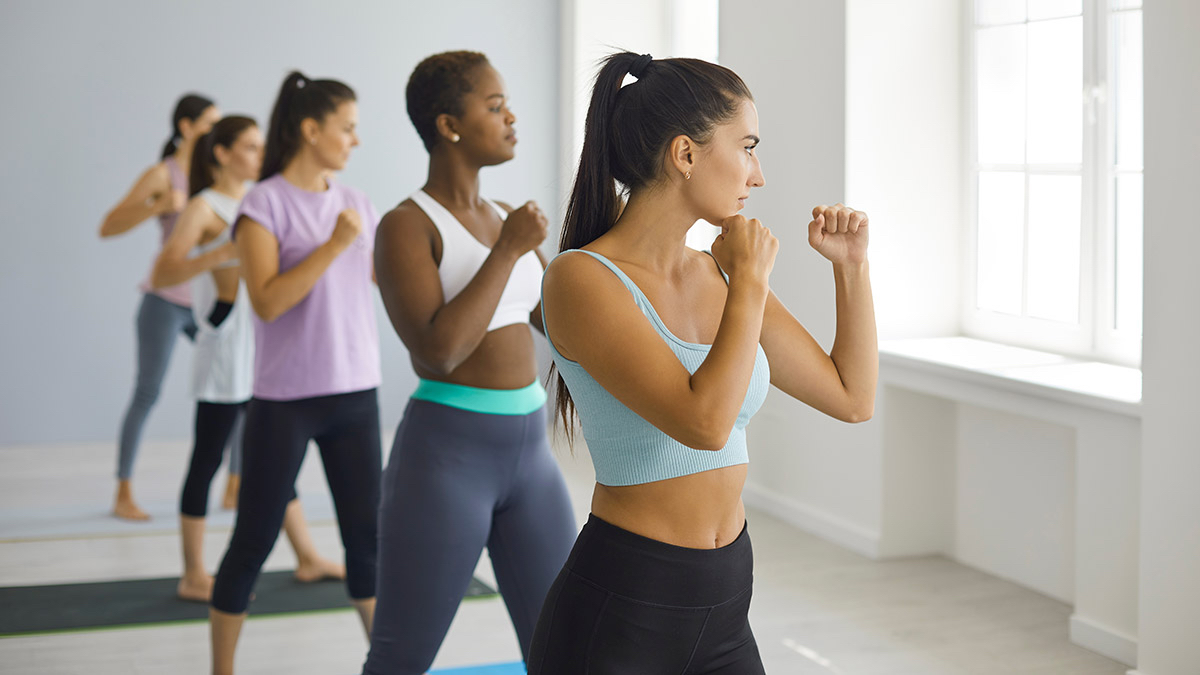
Knockout workouts for boosting confidence
Boxing has been a major fitness trend ever since celebs like Gigi Hadid and Jason Mamoa put the stress-busting sport on our radar, but next year looks set to see a rise in other combat sports such as karate, kickboxing, and jiu-jitsu.
According to Pinterest, who recently released its 2024 trend report, punching the air will be all the rage, as gym-goers look for empowering ways to break a sweat. The social media platform has recorded a promising 265% rise in the search term ‘Kickboxing aesthetic’, while ‘Mixed martial arts training’ has grown an impressive 200%.
Keep an eye out for a rise in boutique martial arts and HIIT hybrid studios too, that will bring these ancient practices to a wellness-focused audience with beginner-friendly, no-contact classes that nix the competitive element.
Glucose tracking for better health
Biometrics and health data have been big news in the world health and fitness over the past decade, as we’ve evolved from simply tracking our steps to monitoring everything from our sleep and recovery to our VO2 max.
The latest health gadget that promises to help us make healthier decisions? CGMs, or continuous glucose monitors. These wearable discs check levels of glucose in the body in real-time, giving instant feedback on blood sugar levels.
The idea is that by knowing how your body responds to certain foods, you can tailor your diet to avoid huge spikes and dips in your blood sugar levels, helping to avoid the midday energy slump. Proponents of the trend say that wearing the device can also aid weight loss, improve sleep and balance mood.
Since its launch in 2022, Zoe – a personalised nutrition programme designed by Professor Tim Spector – has become one of the most talked-about CGMs on the market, with more than 100,000 users currently using the app. Following hot on its heels is Lingo, another personalised metabolic health start-up that’s helping to put continuous glucose monitoring (CGM) technology on the wellness map.
Dopamine workouts replace punishing classes
Gone are the days of punishing bootcamp workouts designed solely to shred fat, torch calories, and induce misery. After a difficult few years, post-covid gym-goers are looking for more joyful ways to move, exploring fitness methods that encourage the brain to release happy hormones.
TikTok has seen a rise in dance-focused workouts like 80s step aerobics, contemporary dance, and tap dancing in recent months. Case in point: TikToker Julius Burphy (@juliusburphy) whose high-energy Stepper-ton classes have repeatedly gone viral, racking up millions of likes and views on the platform.
Tying into the intuitive movement trend, dopamine workouts focus on feel-good movement that builds skills, fosters connections and leaves us on an ‘emotional high’. Basically, workouts that don’t feel like workouts, or leave you counting down the seconds until you can hit the showers.
With Classpass naming dance one of the top 10 most booked classes of the past year, expect to see more digital and in-person dopamine-boosting workouts on the menu next year.
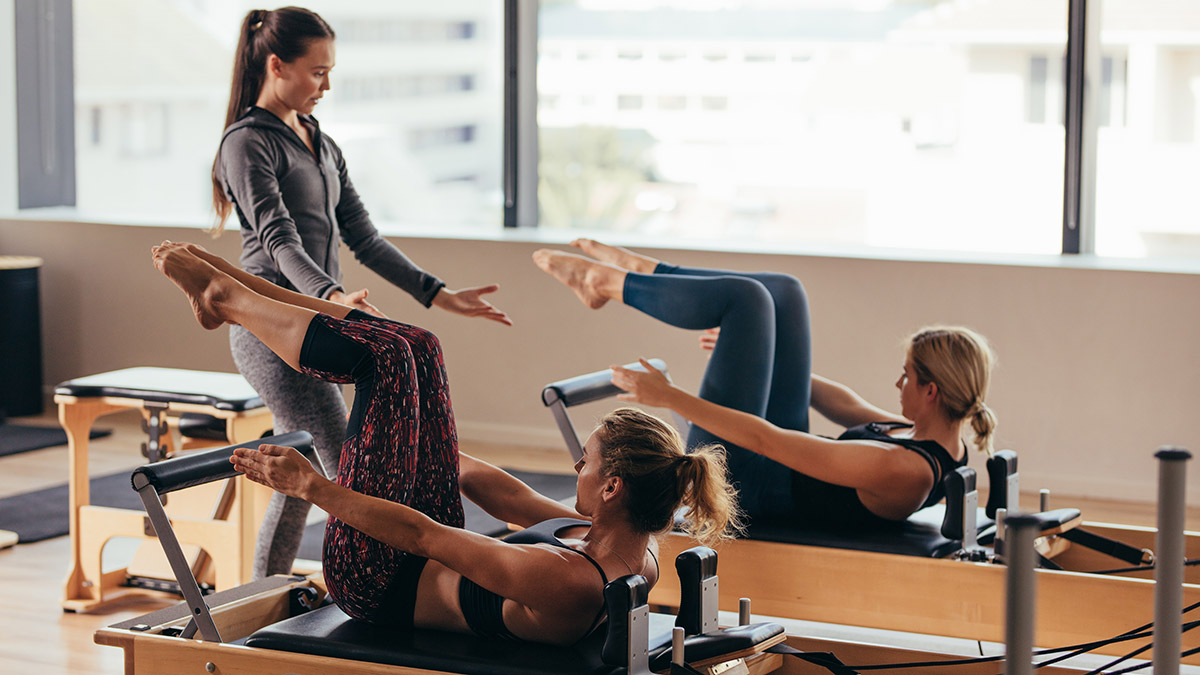
Mobility cross-training for better recovery
In recent months, you’ll have likely seen your social feeds flooded with influencers and celebrities extolling the benefits of Pilates classes, using the method to tone, sculpt, and boost flexibility.
This mammoth trend shows no sign of slowing down, so expect to see the method continuing to get the attention it deserves, with more gym-goers discovering the benefits of cross-training with mat and reformer Pilates for mobility.
Whether you lift weights, kick a football, box on the bags or boulder, mobility is the secret ingredient that can take your performance to the next level. Exercise can quickly lead to tight myofascial tissue (a thin fibrous layer that surrounds our muscles and bones), so working on your mobility can help lengthen muscles and reduce painful DOMS.
Many newcomers to the trend are discovering that Pilates is an absolute weapon when it comes to building flexibility and mobility, as the static and dynamic stretching techniques elongate and strengthen the muscle fibres, helping to build a greater range of motion.
With active rest days now a staple part of our supercharged recovery routines, we’re gearing up for a new type of movement schedule that mixes up our regular gym sessions with more classes on the Pilates mat.



